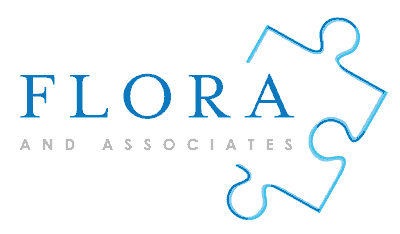October is Rett Syndrome Awareness Month
What is Rett Syndrome?
Rett syndrome is a neurodevelopment disorder that was first identified in 1966 by Dr. Andreas Rettt that almost solely affects females. Rett syndrome went unnoticed until 1983, because it was frequently confused with other disorders such as autism. In 1999, it was determined that a mutation in a gene called methyl CpG binding protein 2, commonly known as MECP2, was the cause for Rett disorder. Rett syndrome affects approximately 1 in 10,000 female individuals worldwide and is one of the leading causes of severe developmental delay and autistic behavior in girls. Rett starts to develop after what would be considered a “normal” infancy, with girls reaching typical developmental milestones for the first year of life and then suddenly experience a halt. Rett syndrome is found mostly in females, because it is an X-linked dominant disorder that would be lethal in most male babies unless they are carriers of a double X. chromosome.
Symptoms of Rett Syndrome
During a period of delay in motor development, girls with Rett develop obvious deficits throughout all parts of their body, including loss of hand use, loss of speech, apraxia, growth delay, hand stereotypes, breathing regulations, feeding problems, small cold feet, sleep disturbances, altered heart rate variability, frequent seizures, emotional ability and scoliosis. Besides neurodevelopment regression, girls with Rett syndrome experience apraxia, deceleration of head growth, and increasing spasticity and scoliosis, a number of behavioral features are also seen, including stereotypic hand movements, hyperventilation and breath holding. The most commonly seen characteristic of girls with Rett Syndrome is loss of or severely impaired, receptive and expressive language. About 90% of those girls who spoke words in their early speech development are no longer able to utter words by 3 years of age.
Is treatment available?
There is no cure for Rett syndrome. Treatment for the disorder is focused on the management of symptoms. Medication may be needed for breathing irregularities, motor difficulties, and anticonvulsant drugs may be used to control seizures. There needs to be regular monitoring for scoliosis and heart abnormalities. Occupational therapy can help children develop skills needed for performing self-directed activities including dressing, feeding, and toileting. Physical therapy can help with mobility.
Additional Resources
· www.rettsyndrome.org
· https://www.girlpower2cure.org
· https://reverserett.org/about-rett/
· https://www.facebook.com/RettSyndromeResearchTrust

